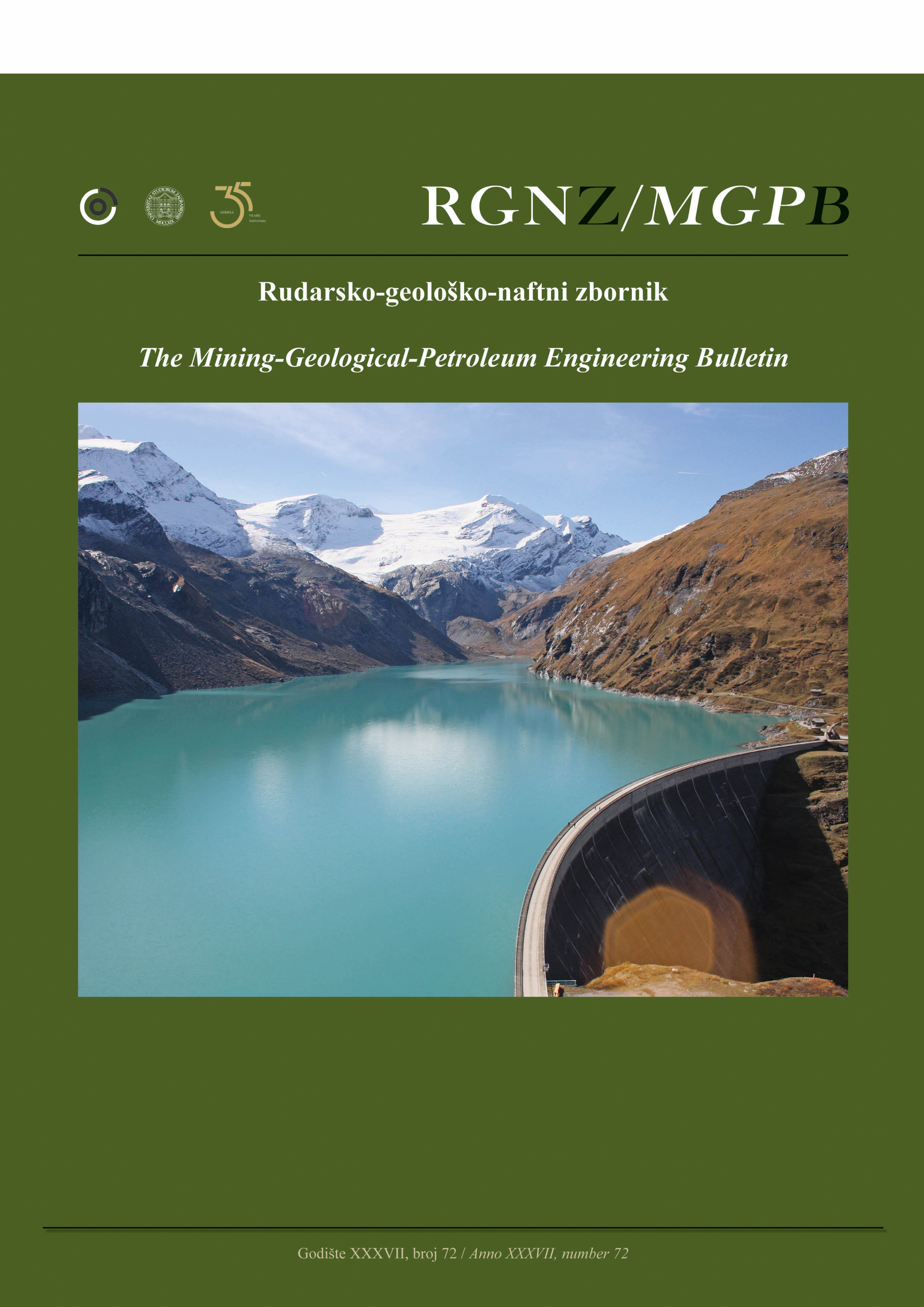Enhancing Iron Separation and Recovery from Egyptian Banded Iron Formation Using Paper Industry Sludge: A Sustainable Reduction Roasting Approach
DOI:
https://doi.org/10.17794/rgn.2025.1.9Keywords:
Um Nar, BIF, reduction roasting, biomass-sawdust, calcium carbonate, paper industry sludgeAbstract
This paper proposes an innovative method to upgrade Um Nar Banded Iron Formation (BIF). The method consists of three stages: reduction roasting using paper industry sludge and sawdust, sulfuric acid leaching, and magnetic separation. The effects of CaCO3/sawdust concentration and magnetic field intensity were examined. This approach not only provides an effective means of processing complex and low-grade iron ores but also offers a sustainable solution for recycling industrial waste. Additionally, it utilizes biomass sawdust as a green reducing agent, a new type of clean energy source with low sulfur content, which does not pollute the environment. Adding paper industry sludge as calcium carbonate (CaCO3) led to its reaction with Si and Al minerals, forming grossular (Ca3Al2(SiO4)2(OH)4). This prevented SiO2 from reacting with iron oxides, thereby enhancing iron recovery. The resulting iron concentrate meets the quality standards necessary for steel production. The iron concentrate obtained through this method, i.e. reduction roasting conducted with 10% dosage of reductant, followed by acid leaching and magnetic separation at 2000 gauss, contains 67.23% total Fe and 1.5% SiO2 with a total Fe recovery of 73.82%, meeting the iron ore quality requirements of the steel and iron industry.
Downloads
Published
Issue
Section
License
Copyright (c) 2024 Mostafa Metwally, Mohamed G. Farghaly, A. M. Ramadan, El-Sayed R. E. Hassan

This work is licensed under a Creative Commons Attribution 4.0 International License.
Creative Commons-BY
Authors who publish with this journal agree to the following terms:
In agreeing this form, you certify that:
- You read the ethical codex of the RGN zbornik available at journal web.
- You submitted work is your original work, and has not previously been published and does not include any form of plagiarism.
- You own copyright in the submitted work, and are therefore permitted to assign the licence to publish to RGN zbornik.
- Your submitted work contains no violation of any existing copyright or other third party right or any material of an obscene, libellous or otherwise unlawful nature.
- You have obtained permission for and acknowledged the source of any illustrations, diagrams or other material included in the work of which you are not the copyright owner.
- You have taken due care to ensure the accuracy of the work, and that, to the best of your knowledge, there are no false statements made within it.
- All co-authors of this submitted work are aware of, and in agreement with, the terms of this licence and that the submitted manuscript has been approved by these authors.
Publication licence
You retain copyright in your submitted work, according to journal license policy (CC-BY). By signing this form you agree that RGN zbornik may publish it under the publication licence. In summary the licence allows the following:
Anyone is free:
- To copy, distribute, display, and perform the work.
- To make derivative works.
Under the following conditions:
- The original author must always be given credit.
- The work may not be used for commercial purposes.
- If the work is altered, transformed, or built upon, the resulting work may only be distributed under a licence identical to this one.
Exceptions to the licence
In addition to publishing the work printed under the above licence, RGN zbornik will also enable the work to be visible online.
The journal editorial can change the licence rules anytime but it cannot retroactively restrict author(s) rights.


